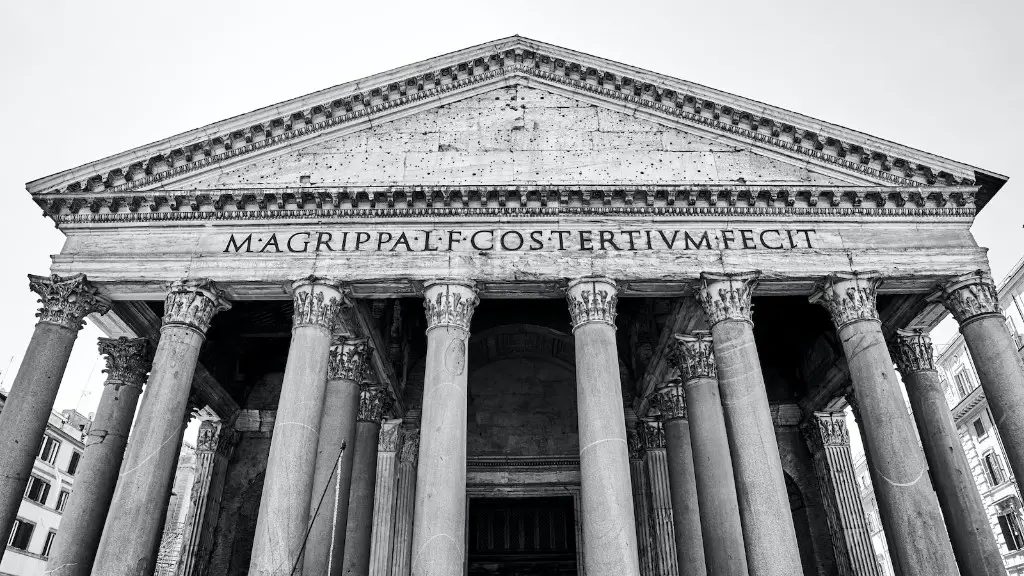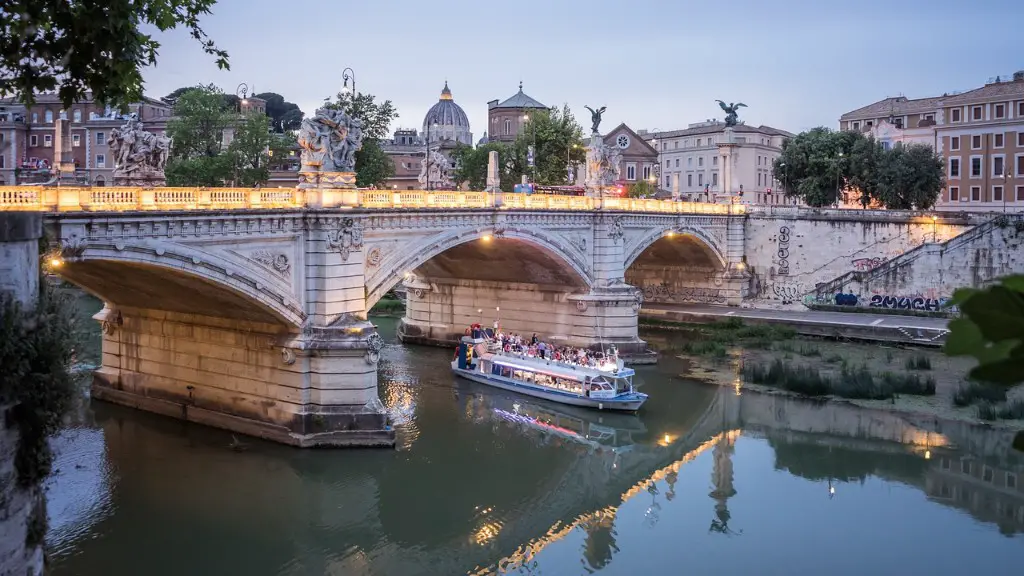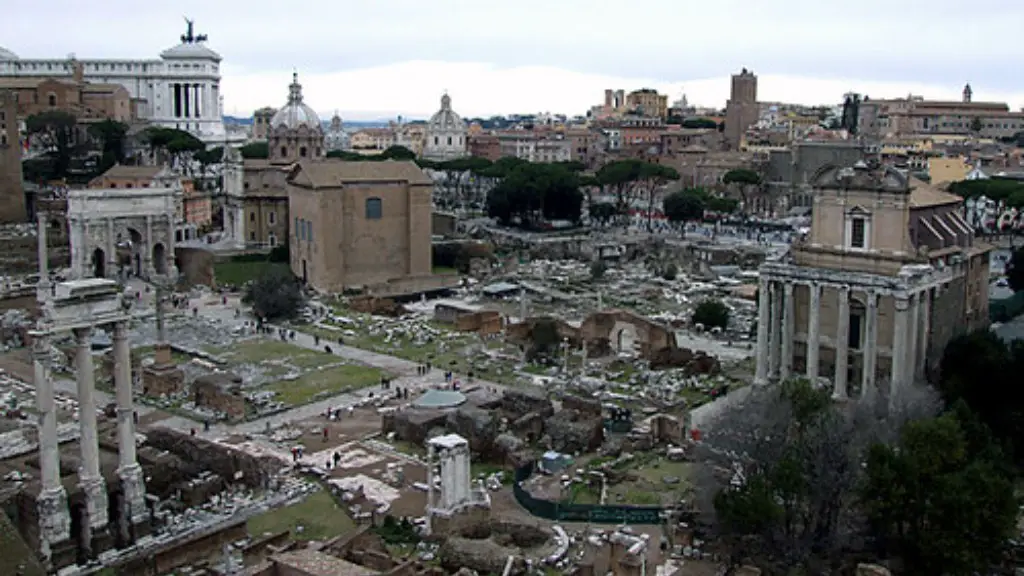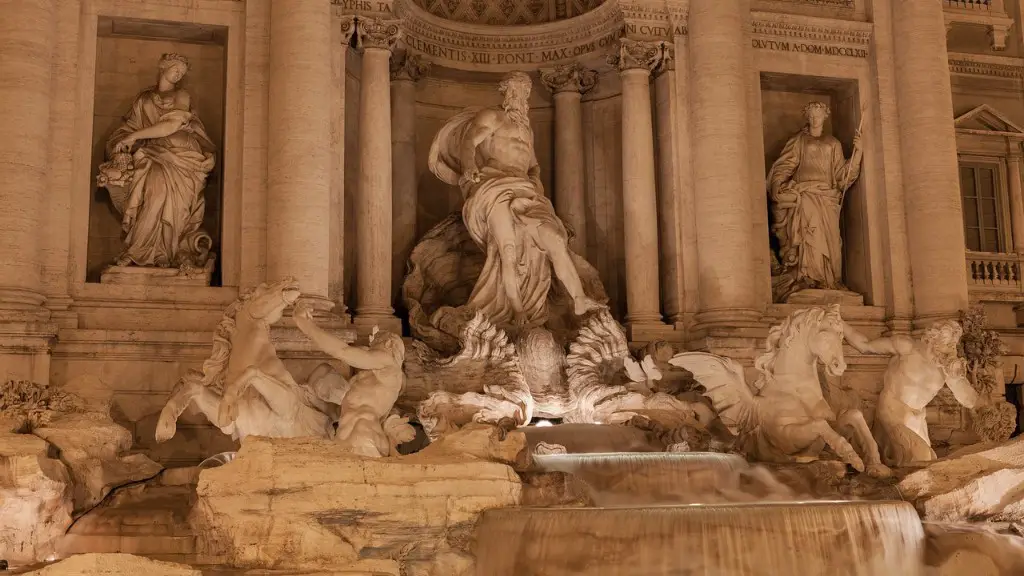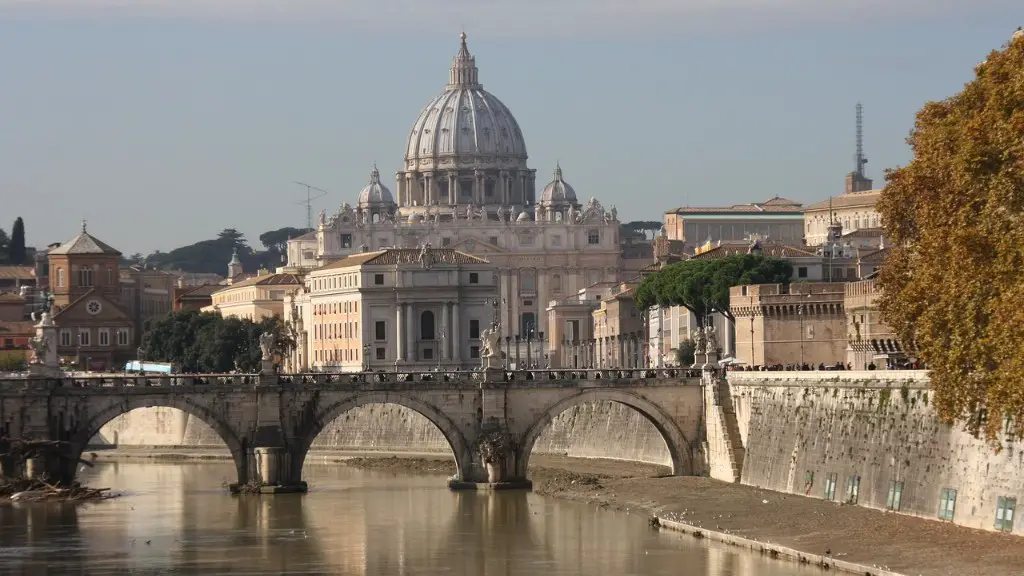Description of Ancient Rome
Ancient Rome was one of the most powerful and influential cities of the ancient world. Situated on the banks of the Tiber River, it was the capital of the Roman Empire and a centre of culture, religion, and politics. During its existence, Ancient Rome was the most powerful and largest city in the world, and its political, religious, and military might defined much of the Western world.
The city was founded in 753 BC and had a population at its peak of over one million inhabitants. The city of Rome had a complex government, with a Senate and tribunes that ruled the city and the Roman people. It continued to be the centre of politics and power until its fall in 476 AD.
The culture of Ancient Rome was rich and varied. From its grand amphitheatres to its grand temples, from its sprawling markets to its luxurious baths, Rome had something for everyone. Religion was also a major part of life in Ancient Rome, with its pantheon of gods, prophets, and cults. The Romans worshipped a multitude of gods, and religious events and ceremonies were conducted regularly in the city.
Rome also had a strong economy. Through its trade and conquest, Ancient Rome amassed immense wealth, which allowed it to construct impressive monuments and buildings, as well as roads, aqueducts, and other infrastructure that helped to sustain its vast empire. During its height, Rome was a wealthy and powerful empire that governed much of Europe, the Mediterranean, and parts of the Middle East.
The legacy of Ancient Rome can still be seen today. Its influence on art, architecture, government, law, language, and more is still felt throughout the world. From the great monuments of Rome such as the Colosseum and the Pantheon to its legal concepts such as democracy and law, Ancient Rome has left an indelible mark on the world.
Architecture of Ancient Rome
The architecture of Ancient Rome was grand and imposing. From the Colosseum to the Pantheon, from the Forum to the Circus Maximus, Rome was home to some of the most impressive structures of the ancient world.
The Colosseum was the centerpiece of the city, and its construction began in 70 AD. It was a massive amphitheatre that served as the site of gladiatorial contests, chariot races, and other public events. It was supported by 80 arches and had a capacity of 50,000 spectators.
The Pantheon was a colossal temple dedicated to all the gods. Built in 118 AD, it featured the famous oculus, the opening in the center of its dome, which allowed light to enter. The interior of the temple was impressive, with its stucco and decorative marble detailing. It is one of the best-preserved buildings from the Roman Empire and is still standing today.
The Forum was the heart of Roman public life. It was a large open square lined by government buildings, temples, and other significant structures. The Forum served as a place for commerce, politics, and religious rituals, as well as the other aspects of daily life.
The Circus Maximus was a large stadium for chariot racing. It was the site of some of Ancient Rome’s most popular events, and it featured a racetrack surrounded by seating for up to 250,000 spectators.
The architecture of Ancient Rome was impressive and impressive, and it is still a testament to the grandeur of the Roman Empire. Its buildings and monuments serve as a reminder of the power and influence of Ancient Rome.
Daily Life in Ancient Rome
Daily life in Ancient Rome was a complex blend of culture, art, and politics. The city was a centre of technology, commerce, and industry, and its population was made up of people from all walks of life.
The city was divided into several neighbourhoods or districts, each featuring its own markets and bathhouses. The markets were bustling places where people came to buy and sell goods, while the baths were public places where people came to relax, socialise, and keep clean.
Public spectacles such as games, and religious festivals were popular among the citizens of Ancient Rome. Gladiatorial contests, chariot races, and other events were held in the Colosseum and Circus Maximus, while religious festivals were celebrated in the many temples in the city.
Education was also an important part of life in Ancient Rome, and the city was home to several great universities, such as the University of Rome. The ancient Romans were also passionate about literature and philosophy, with some of the most famous works of literature and philosophy, such as Virgil’s Aeneid, being written by citizens of Ancient Rome.
Daily life in Ancient Rome was diverse and dynamic, and it was a reflection of the city’s vibrant culture and its powerful political and religious presence.
Government in Ancient Rome
The government of Ancient Rome was a complex one, with its Senate and tribunes ruling both the city and its vast surrounding empire. The Senate was the most powerful body of the Roman government. It consisted of wealthy and influential citizens, and its decisions had wide-reaching effects on the empire.
The tribunes were the executive branch of the Roman government, and they had the power to veto Senate decrees. They were elected by the people, and they represented the interests of the citizens of Ancient Rome.
The Roman army also played an important role in the government of Ancient Rome. The army was used to wage war and to protect the empire, as well as to expand its borders. It was also a powerful political force, and its decisions and actions had an influential impact on the government of Ancient Rome.
The government of Ancient Rome was an influential one, and its political decisions shaped the culture and society of the city and its empire. Its system of government is still studied today, and its legacy is still felt throughout the world.
The Fall of Ancient Rome
The fall of Ancient Rome is one of the most fascinating and mysterious events of human history. After centuries of being one of the most powerful cities in the world, the fall of Rome in 476 AD marked the end of the Roman Empire. The exact reasons for its decline are still hotly debated, but there are a few factors that contributed to its downfall.
One of the main contributing factors to the decline of Rome was the rise of Christianity. Christianity eventually become the state religion, and its moral and ethical beliefs clashed with many of the traditional Roman values. In addition, the spread of Christianity weakened the unity of the Roman Empire, leading to a chaotic and divided society.
Another factor in the Fall of Rome was the overextension of the empire. As the Roman Empire spread, it was unable to defend its many lands and cities, leading to weakening of the military power of Rome. This weakened the Roman Empire and allowed for its eventual fall in 476 AD.
The fall of Rome was a major event in world history. It marked the end of one of the most powerful empires in human history, and its legacy and influence can still be felt throughout the world today.
Legacy of Ancient Rome
The legacy of Ancient Rome is still seen and felt throughout the world today. Its influence on government, art, architecture, language, and more is still felt in modern times.
The legal principles of Ancient Rome such as the concept of democracy, law, and justice have shaped the modern world. Rome’s legal structures have been the foundation of many modern legal systems, influencing the development of much of the world.
The art and architecture of Ancient Rome have also had an enduring influence on the world today. From its famous monuments such as the Colosseum and Pantheon to its grandiose public baths and magnificent villas, the legacy of Rome is still seen in the world.
The language of Ancient Rome has also had an enduring legacy. Latin, the language of the Romans, is still studied and used today, and is the basis of many of the modern Romance Languages. The Roman alphabet is also the basis of much of the world’s writing systems. The literature and philosophy of Ancient Rome have also had a profound influence on modern thought and culture.
The legacy of Ancient Rome is vast and far-reaching. Its influence is still seen and felt in the modern world, and its history and culture are still studied and celebrated today.
